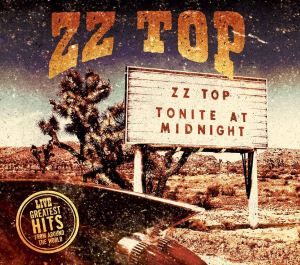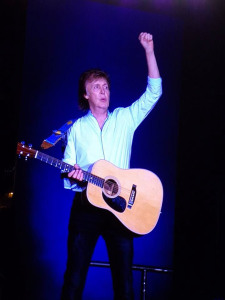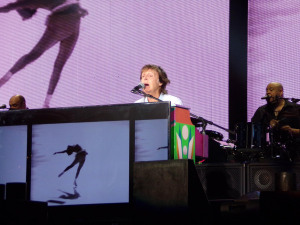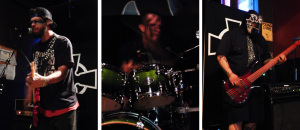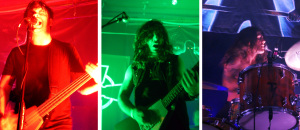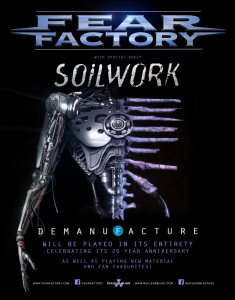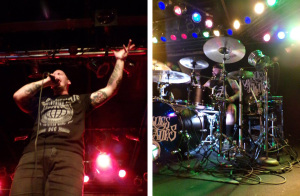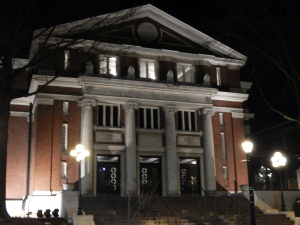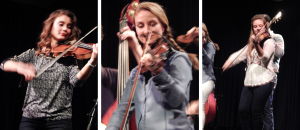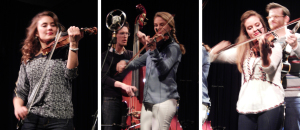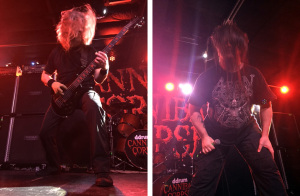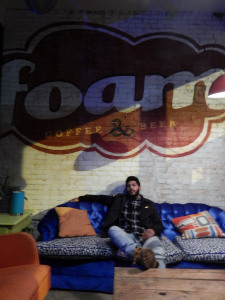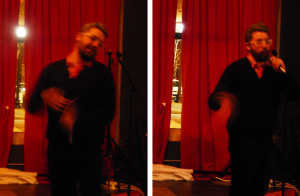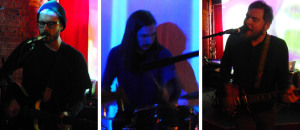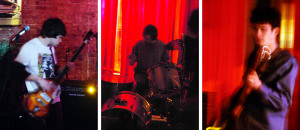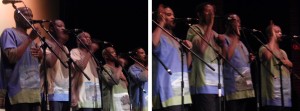(UNIVERSAL MUSIC ENTERPRISES/STUDIOCANAL/APPLE CORPS/IMAGINE ENTERTAINEMNT/WHITE HORSE PICTURE (137 minutes; Unrated); 2016)
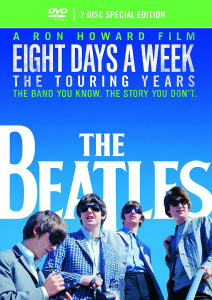
Back in September, I was just back from the theater, having seen EIGHT DAYS A WEEK: THE TOURING YEARS. My immediate thoughts were that the film was truly an amazing ride and that director Ron Howard did a fabulous job with all of the archival film footage; cleaned and restored for the big screen, I was definitely taken back to the height of Beatlemania. After the end credits rolled, the audience was treated to a near-thirty minute segment of the Beatles’ 1965 Shea Stadium concert (almost the entire show), which was awesome… with a crisp new “remaster,” it was like being in the front row with that screaming, rabid New York crowd. Unfortunately, that piece of history didn’t make it to the DVD/Blu-Ray releases, as it was used as an “incentive” to get butts in theater seats. Oh, well… maybe someday! The film (and the bonus feature) made me realize, again, how much I miss both John and George; it really was a wonderful night of Rock ‘n’ Roll with, as Ringo said, “The biggest band in the land.”
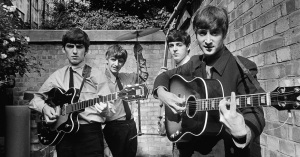
So, by this time, who doesn’t know the story of the Beatles’ humble beginnings? Just in case you’ve been living under a rock for the last six decades, here’s the Cliff Notes version: Paul McCartney meets John Lennon, joins his band, bringing George Harrison along for the ride; then, here comes Ringo Starr, John and Paul start writing songs together, Brian Epstein becomes their manager, the lads meet George Martin, who works with them, molding their sound in the studio… yeah, yeah, yeah! As a lifelong fan of the Fab Four, I still came away amazed by this fabulous new documentary. Seeing and feeling just how wonderful the Beatles and their music were and continue to be today makes me realize just how much they still mean to me, forty years after they went their separate ways. The narrative of EIGHT DAYS A WEEK is presented through, not only vintage interviews of the Liverpudlians, but recent remembrances from Paul and Ringo, plus various other musicians, composers and celebrities. However, the real “star” is the concert footage and the mania surrounding the mop tops. It’s great reliving how the Beatles literally took control of popular culture in the 1960s; one of the things that I enjoyed seeing was how hard Ringo was playing back in the very early live days, displaying an almost punkish verve at times.
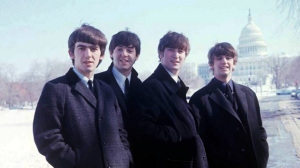
Personal fan-boy histrionics aside, what sets THIS Beatles documentary above others – first and foremost – is the unbelievable quality of the film itself: Not only the concert footage, but the manic press conferences and even the boys simply caught relaxing, is so clear and crisp that it really just staggers you. It was worth it to hear new concert footage with clean, crisp sound, highlighting how truly hard they rocked… especially Lennon tearing up now-classics like “Twist and Shout” and “Dizzy, Miss Lizzy.” Celebrated fans as disparate as Whoopi Goldberg, Elvis Costello and Sigourney Weaver relate just how hard they fell for the Beatles… Yes, everything from THE ED SULLIVAN SHOW to the Hollywood Bowl performance to their huge world tours and all of the madness that followed, but also because they were funny and talented, met the right people at the right time (manager Brian Epstein and producer George Martin would become the two most important people in their professional lives) and had a ton of belief in themselves and in their art. The Fab Four were always ready and more than willing to push the envelope. After seeing this movie, it’s very easy to see how and why these celebrities and, indeed, the world fell in love with them and why that love is still going strong over fifty years later.
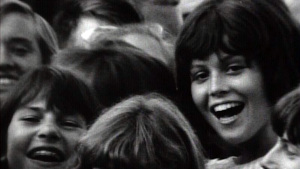
To be sure, the Beatles released an astonishing number of great, hit songs and huge, groundbreaking albums between 1962-1970… a mere eight years. It’s still hard to believe! EIGHT DAYS A WEEK tells their story quite well and, seeing it initially in the theater, on the big screen, was a huge benefit (in particular, the restored Shea Stadium footage, with all the madness and screaming, was stunning). The film is nothing short of phenomenal; Howard and his crew did a superb job of presenting another – often overlooked – part of the Beatles’ huge world wide success, aside from the string of hits and the intense madness that surrounded them everywhere they went. Quite frankly, watching them deal with the insanity going on around them all the time, it amazes me how they remained so grounded. That Shea Stadium show in August, 1965 before 56,000 people was a game changer, setting up a future for arena and stadium rock shows; that performance took Rock and Roll music to heights never before (and seldom after) imagined.
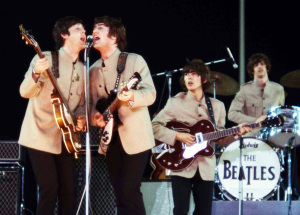
Historically, one of the real turning points for the band was when they rejected George Martin’s idea of wanting them to only do other people’s songs; they wanted to write their own music and, so… away they went. The Lennon/McCartney hit-making machine was rolling and wouldn’t stop until outside business affairs jammed the gears. Still, by the time they decided to quit touring in 1966 to focus their creative output into studio work, they were just starting to hit their peak, releasing a string of masterpieces starting with RUBBER SOUL and REVOLVER. Recent interviews with Ringo Starr and Paul McCartney and archival clips of George Harrison and John Lennon, commenting on and explaining things along the way, really adds to the story and to the enjoyment of this documentary. The film flows very well.
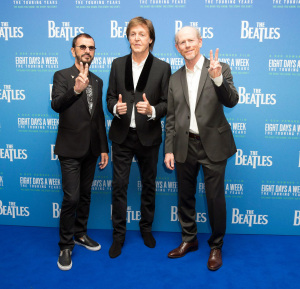
I have been a Beatles fan since their first appearance on THE ED SULLIVAN SHOW, solidified by seeing A HARD DAY’S NIGHT in the theater and they are still as wonderful, their music still honest and positive and still touching new generations of listeners and fans… over fifty years later. As Sigourney Weaver said in the movie, “It was this sense of world music. We were all loving them, all over the world.” The joy of the Beatles’ music is, we can all have our favorite song and our favorite album; from 1962 to 1970, they made music for the ages and, indeed, this film is a must see for fans of all ages. A big “Thank you!” to Ron Howard for bringing us a new look at a very well-known story. He did a fantastic job with this movie, with a little help from some friends… John, Paul, George and Ringo.

